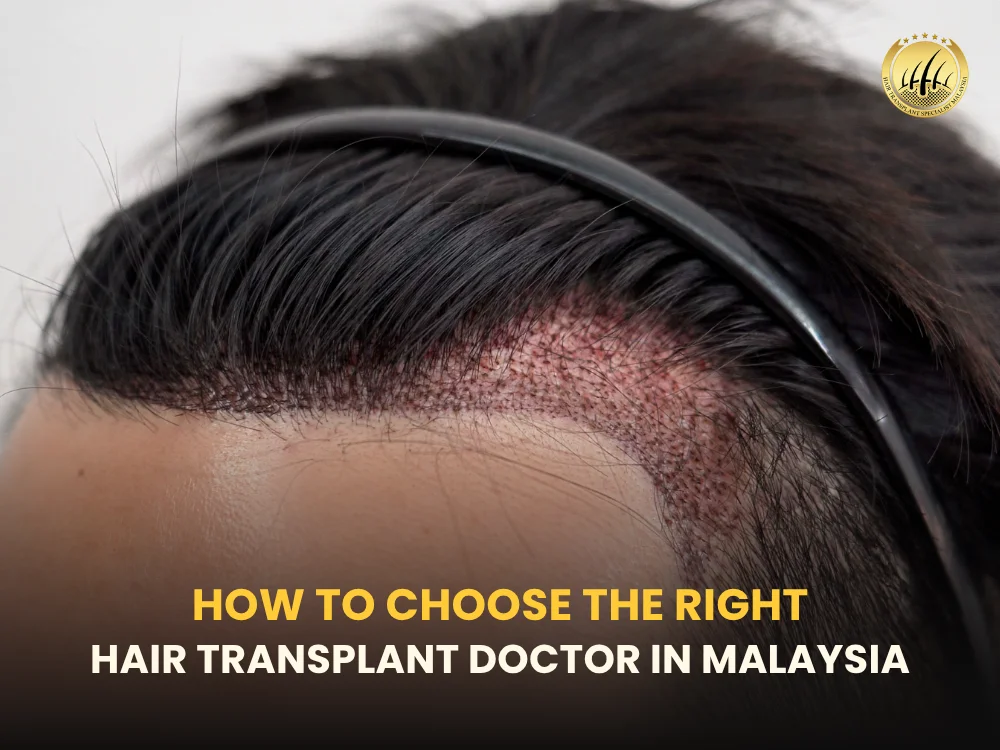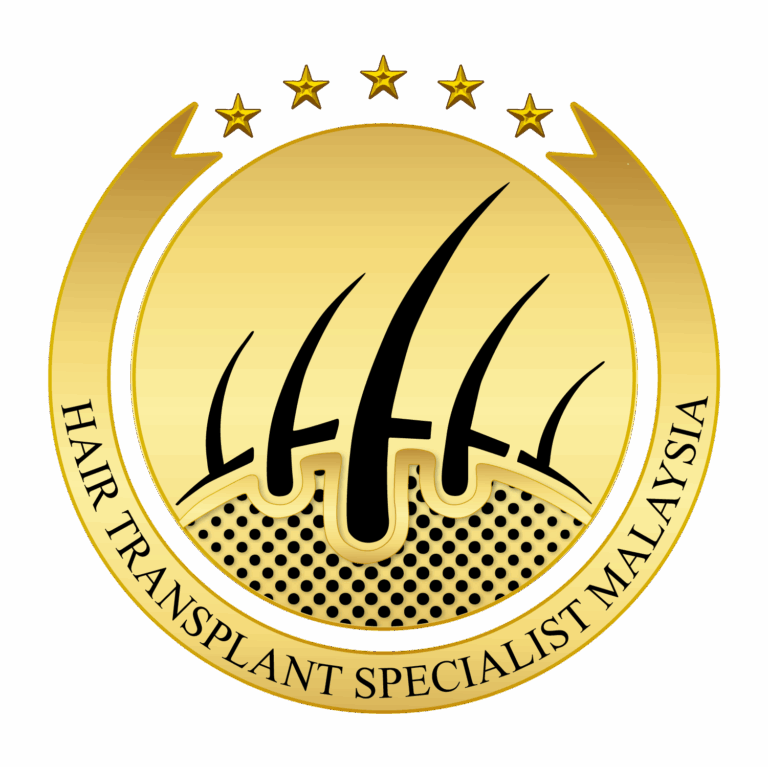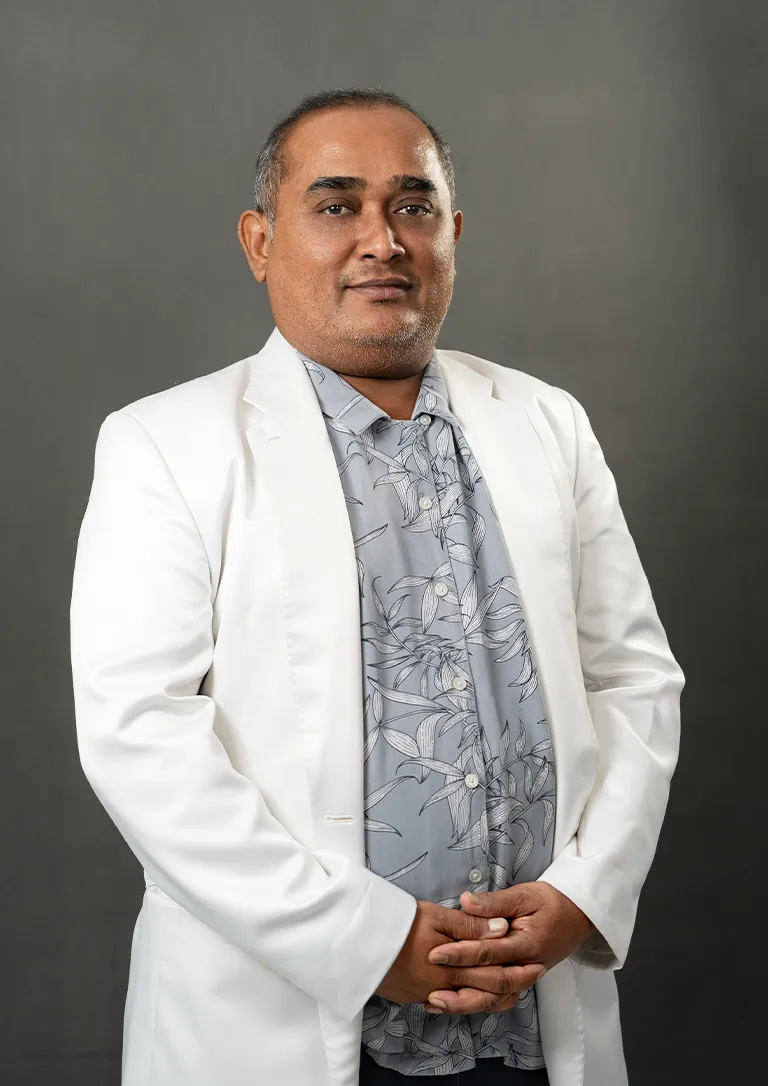When you’re considering a hair transplant in Malaysia, the first — and possibly the most important — decision you’ll make is selecting the Right Hair Transplant Doctor in Malaysia. It’s not just about cost or convenience. Your right hair transplant doctor credentials, skill set, ethics, clinic environment and aftercare all play major roles in your outcome. In this guide we’ll walk through everything you need to know to make an informed choice.
Right Hair Transplant Doctor in Malaysia: What It Means
When we speak of the right hair transplant doctor in Malaysia, we’re talking about a surgeon who:
- has board‐certifications in hair restoration (such as ABHRS – American Board of Hair Restoration Surgery) and membership or fellowship in ISHRS – International Society of Hair Restoration Surgery;
- has significant hands‐on experience with hair transplantation (FUE, FUT, corrective cases)
- practices in a reputable clinic with proper accreditation, hygiene, modern technology
- engages in detailed consultations, realistic expectations and honest aftercare
- is transparent about outcomes, risks, costs, and alternative treatments.
By following these criteria, you greatly increase your chances of a successful result and a positive overall experience.

Why Credentials Matter in Hair Transplantation
Choosing a right hair transplant doctor who is certified by bodies like ABHRS or recognized by ISHRS is not just a marketing badge. These credentials mean the physician has undergone rigorous training in hair restoration, has documented experience and abides by ethical standards. For example, the ABHRS directory clearly states that certain surgical steps must be performed by the physician of record, not delegated irresponsibly. In Malaysia, you can verify practitioners in these databases – for instance, Dr Inderjit Kaur is listed as a Diplomate of ABHRS practising in Malaysia.
Credentials give you:
- Assurance of standardized skill: Hair transplantation is a surgical procedure, albeit minimally invasive, but it still carries risks.
- Ethical oversight: Certified right hair transplant doctor is more likely to follow best practices for patient safety and follow‐up care.
- Better outcomes: Experience and specialization translate into better planning of donor area, recipient sites, and realistic results.
Researching the Clinic and Right Hair Transplant Doctor – What to Check
When vetting potential right hair transplant doctor and clinics, consider the following checklist:
Clinic Infrastructure & Technology
- Is the clinic registered and accredited locally (Malaysia Ministry of Health or equivalent)?
- Are there dedicated surgical suites, sterile protocols and monitoring equipment?
- What transplantation techniques do they use (e.g., FUE, FUT, direct hair implantation) and are they updated? For example, one Malaysian clinic advertises “SMART™ FUE, no pain, no stitches, no visible scars”.
- Do they provide pre‐ and post‐operative care (medications, wound care, follow‐up visits)?
Doctor’s Experience & Track Record
- How many years has the doctor been doing hair transplants? Look for “over 25 years of experience” claims.
- Does the doctor perform the core parts of your surgery (extraction, placement) personally rather than delegating all to technicians?
- Can they show before/after portfolios for similar hair types and cases (especially for Asian/SE Asian hair)?
- Are there real patient testimonials and independent reviews (not just marketing blurbs)?
Credentials & Association Memberships
- Confirm the right hair transplant doctor’s name in ABHRS or ISHRS directories.
- Membership in local aesthetic or dermatology societies adds credibility.
- Beware of clinics that claim “scarless surgery” or “100% guaranteed” outcomes—these are often misleading.
Consultation Process & Transparency
- Does the doctor evaluate your scalp, donor and recipient areas, discuss your goals, realistic expectations and risks?
- Is there a clear breakdown of cost, graft number, follow‐up plan?
- Are you given written information about the procedure, healing time, what happens if things don’t go perfectly?
Aftercare & Support
- What is the clinic’s policy for follow‐up visits, complications or poor growth?
- Does the clinic provide medications, guidance on washing, avoiding strenuous exercise, and address shock‐loss episodes?
- Do they monitor your progress (photos, visits) and adjust as needed?
Key Questions to Ask During Your Consultation
Here are some specific questions you should ask your potential surgeon:
- Are you certified or diplomate of ABHRS / member of ISHRS?
- How many hair transplant surgeries have you personally performed in the last 12 months?
- What techniques will you use for my transplant (FUE vs FUT vs hybrid) and why?
- Who will do the extraction and implantation – you or others?
- Can I see before/after photos of patients with similar hair type and ethnicity?
- What results are realistic for my case (density, hairline design)?
- What are the risks, and how often do you encounter complications (e.g., graft failure, infection, excessive scarring)?
- What is the full cost, including follow‐up, medications, and possible revision?
- What happens if the graft take is less than expected – do you offer any guarantee or revision policy?
- What is your aftercare protocol – how many visits, what support, how to wash and care for scalp?
A doctor who welcomes these questions and provides clear, structured answers is more likely to be trustworthy.
Comparing Cost vs Value – Don’t Let Price Be the Only Factor
It’s tempting to compare simply on cost—Malaysia has competitive pricing compared to many Western countries. However, go beyond price:
Factor | What to Look For |
Graft number & quality | How many grafts, what is donor quality, extraction method |
Doctor involvement | Will the senior surgeon perform critical steps? |
Clinic environment | Sterility, technology, staff training |
Aftercare & support | Is there a follow‐up guarantee or support plan? |
Realistic expectations | Cheap clinics might oversell results leading to disappointment |
A cheaper option may save money upfront but lead to suboptimal results (lower density, poor hairline design, need for revision). Choosing the right doctor is about value as much as price.
Recognizing Red Flags – What to Avoid
Be cautious if you see:
- Promises like “scarless”, “100% guarantee”, “unlimited grafts for one price”
- The surgeon never meets you and only a technician handles your case
- Lack of certifications or unclear credentials
- No realistic discussion about risks or aftercare
- Very low pricing but vague about how many grafts you’ll get or who does the work
- No portfolio of previous patient results, especially for your hair type/ethnicity
Avoiding these traps helps protect you from poor outcomes and ensures you work with a surgeon who respects your hair as part of your identity and confidence.
Why Malaysia Is a Good Option for Hair Transplantation
Malaysia has become a sought‐after destination for hair restoration for several reasons:
- Modern clinics with international standards and English-speaking teams
- Competitive pricing relative to Western countries
- Surgeons with global certifications (ABHRS, ISHRS) practicing locally
- Access to advanced techniques like FUE (Follicular Unit Extraction), FUT (Strip method), and hybrid methods
- Combination of tourism and medical care (if you are traveling)
That said, convenience does not replace diligence. You still need to choose a qualified doctor and clinic. One Malaysian clinic advertises being led by an ABHRS & ISHRS certified surgeon with over 25 years’ experience.
Setting Realistic Expectations – What a Hair Transplant Can (and Can’t) Do
A hair transplant is a powerful tool, but understanding what it can and cannot do will help you and your doctor set realistic expectations.
What it can do:
- Restore hairline in male or female pattern hair loss (androgenetic alopecia)
- Fill in thinning spots using your own donor hair
- Provide permanent‐looking hair regrowth when done correctly (donor hair is resistant to typical hair loss)
What it cannot guarantee:
- 100% of transplanted grafts will survive or produce full density
- Prevent future hair loss in other areas unless combined with medical/maintenance therapy
- Create hair where no donor hair exists (you cannot borrow donor hair externally)
- Instant dense coverage; full results often take 9-12 months or more
Therefore, a good surgeon will discuss follow‐up treatments (e.g., medications such as finasteride or minoxidil, PRP therapy) and long–term maintenance.
Aftercare & Maintenance – Don’t Ignore This Step
Your outcome is determined not just by the surgery but by what you do afterwards:
- Follow the clinic’s instructions for washing, sleeping posture, avoiding strenuous exercise and sun exposure
- Use any recommended medications or topical treatments for hair health
- Monitor for signs of infection, excessive swelling, or graft fall‐out beyond expected “shock loss”
- Attend scheduled follow‐up visits so your surgeon can assess graft take, healing, and plan any necessary touch-ups
- Protect the transplanted hair from further hair loss by maintaining overall scalp health (nutrition, stress management, avoiding smoking, etc.)
Many clinics include aftercare in their service — this is a good indicator of how seriously they treat the full hair restoration journey.
Making Your Final Decision – The Step-by-Step Summary
- Shortlist 2-3 clinics in Malaysia that advertise Right Hair Transplant Doctor in Malaysia with certifications.
- Arrange consultations (ideally in person or via video) and assess how comfortable you feel with the doctor and staff.
- Ask all the key questions relating to credentials, methods, outcomes, risks and cost.
- Compare clinics on doctor involvement, technology, transparency, and aftercare—not just price.
- Ensure you receive written documentation of the plan, graft numbers, cost breakdown, and post‐operative protocol.
- Once satisfied, schedule your procedure, understand the timeline, pre-surgery preparation, and recovery expectations.
- Post‐surgery, stay proactive in aftercare, keep in touch with your doctor, monitor your results and don’t hesitate to ask questions.
10 Frequently Asked Questions (FAQs)
- How do I verify if a doctor in Malaysia is ABHRS certified?
You can check the ABHRS directory online; when the surgeon’s name appears as a ‘Diplomate’ or ‘Certified’ it is verified. - What is the difference between ISHRS membership and ABHRS certification?
ISHRS membership indicates the right hair transplant doctor is part of a global hair restoration society and attends continuing education; ABHRS certification means they passed a focused examination in hair restoration surgery and adhere to its standards. - Is FUE better than FUT for Asian hair?
Both methods have pros and cons. FUE (Follicular Unit Extraction) leaves small dot scars and is often preferred for Asians who may prefer short hair. FUT (strip method) may give higher graft numbers but leaves a linear scar. Your doctor should advise based on donor area, hair type, and your goals. - How many grafts will I need?
It depends on your degree of hair loss, donor hair density and hair characteristics. A consultation will estimate the required graft number. - What is the expected cost of hair transplant in Malaysia?
Costs vary based on graft numbers, technique, and the doctor’s experience. Malaysian pricing is competitive compared to many countries, but always review what’s included in the fee (consultation, medication, follow-up). - Will my hair look natural after transplant?
Yes, if the doctor uses an appropriate hairline design, matches hair direction/angle, and uses donor hair wisely. Certified experienced surgeons prioritize natural aesthetics. - What are the risks or complications?
Minor risks include infection, bleeding, scarring, shock-loss of existing hair. Serious complications are rare when done by certified surgeons in proper clinics. - How long until I see new hair growth?
Typically, transplanted hair falls out in the first 2-3 weeks (normal). New hair begins to grow around 3-4 months; full noticeable result may take 9-12 months. - What happens if the transplanted grafts don’t take?
If less graft survival occurs, your surgeon should discuss revision options. A good clinic has follow-up protocols to monitor graft survival and plan accordingly. - Does the right hair transplant doctor in Malaysia offer aftercare?
Yes. A right hair transplant doctor provides clear aftercare instructions, medications, follow-up visits and monitoring of results. This distinguishes a truly skilled surgeon.
Conclusion
Choosing the Right Hair Transplant Doctor in Malaysia is not just about finding the lowest price or the nearest clinic. It’s about verifying credentials (like ABHRS, ISHRS), confirming the doctor’s hands-on involvement, reviewing the clinic’s infrastructure, and engaging in transparent consultation. When you invest time in this decision, you align with a professional who respects your goals and hair health, not just the sale. For medical‐tourism or local procedures, select a right hair transplant doctor with over 25 years of experience, strong ethical foundations and real results.
If you’re ready to take the next step, contact a Hair Transplant Malaysia Clinic that is ABHRS and ISHRS certified, has over 25 years of expertise in the field, and schedule your consultation today.

